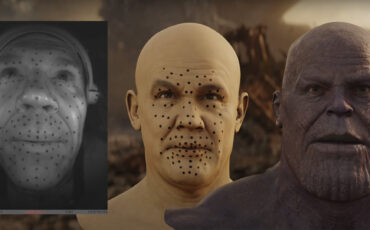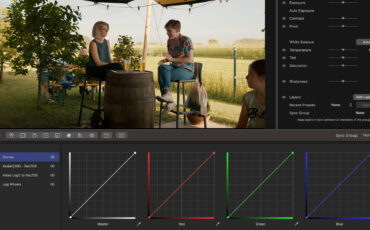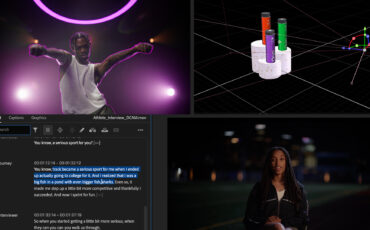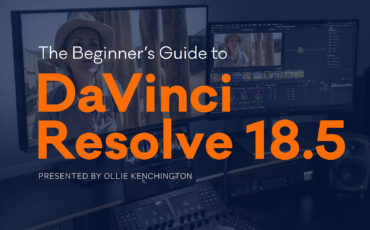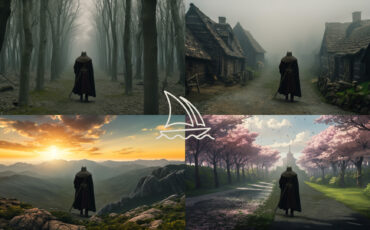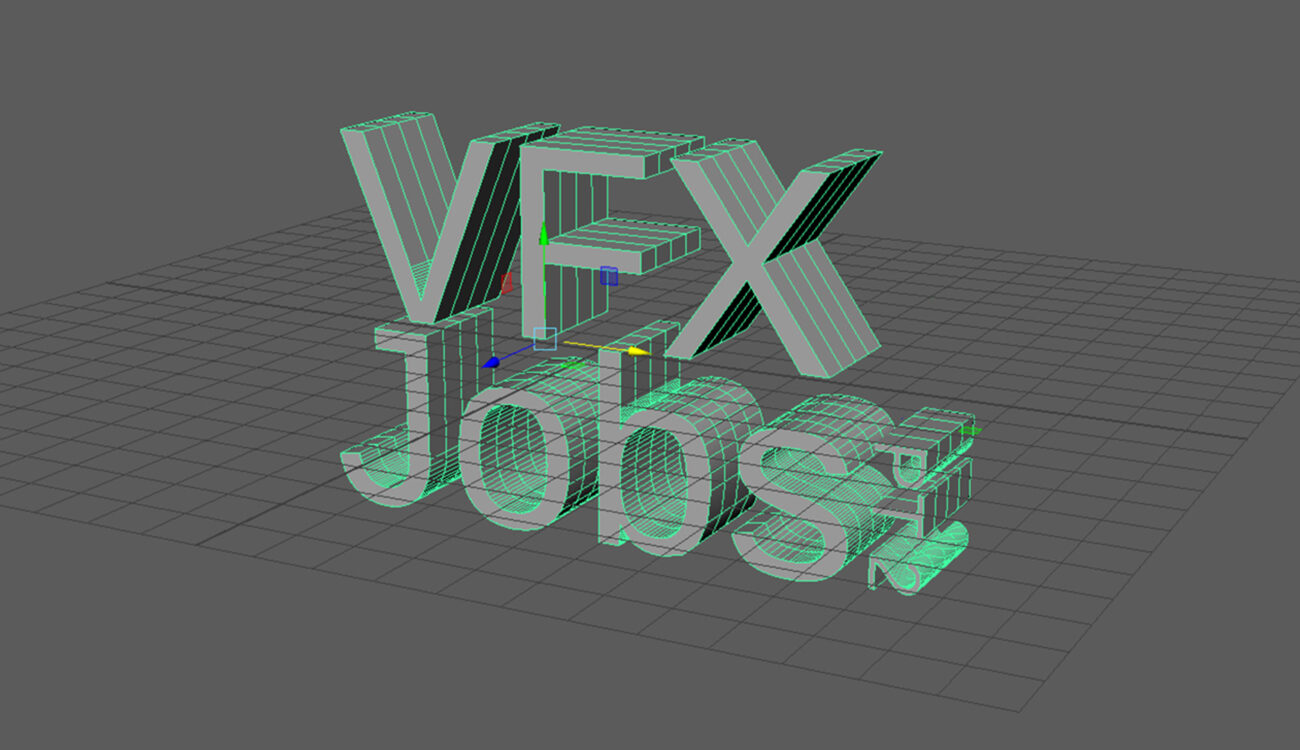
For most indie filmmakers, the idea of having a crew of a hundred people or more may seem daunting. But perhaps even more important than being a good storyteller is the ability to communicate your vision to your crew. So as you’re exercising your filmmaking muscles, it’s equally important to expand both your team and your communication skills to effectively communicate with them. Continuing our exploration of the VFX industry, we have more jobs that put into perspective all the work that goes into making films and TV shows.
Previs Artist
Casual moviegoers may assume that most VFX work is done in post-production since that’s what the audience sees. However, this is not the case. Previs, short for ‘Previsualization’ is a very overlooked and underrated department that saves production time, money, and headaches. They visualize what the film will look like before cameras are even taken out of their cases. There are even previs tools for smaller productions since it is an invaluable department of filmmaking.
Previs artists need a proficient knowledge of 3D software since they essentially create animations from scratch. The main difference between this and similar jobs is that your models are low polygon, and your textures are often single colors. This is unrefined 3D animation compared to other departments. The emphasis is put on artistic creativity, the ability to read a storyboard/script, and translate words or crude visuals into a moving video. Also called ‘Techvis’ or ‘Layout’ artists, these jobs are a great entrance into the VFX community.
Animator
When you hear “animation”, your mind probably goes to Disney, Pixar, or Dreamworks animation studio. But I’m not really referring to the type of fully animated worlds that they create. I’m talking more about anything that gets keyframed by hand that is not a character. An example would be a car/rocket ship in the ‘Fast and Furious’ franchise, or a train falling off a cliff in ‘Mission Impossible: Dead Reckoning Part One’. These things get keyframe animated by artists since they weren’t actually photographed on the day and are being added in post.
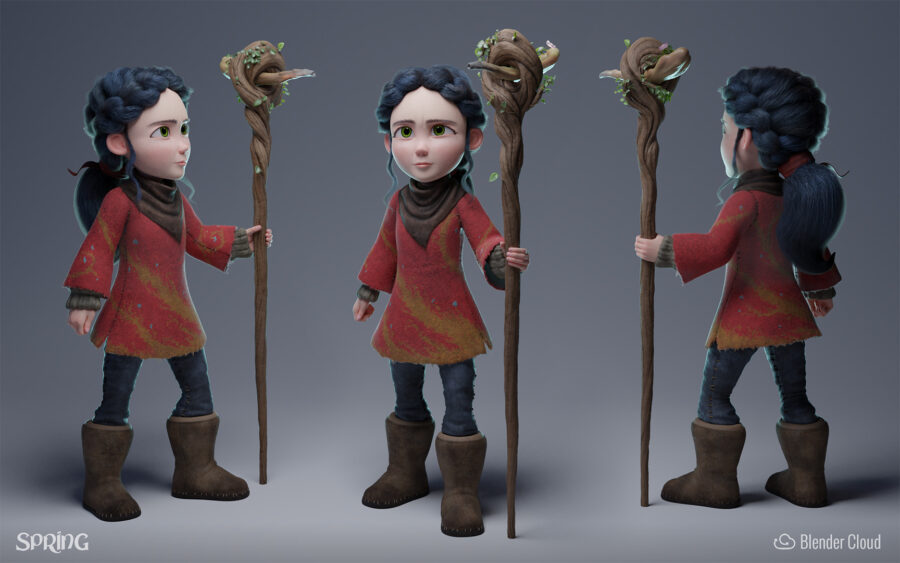
It is the job of animators to realistically portray the way that computer-generated objects would move in the physical world. These jobs require extensive knowledge of 3D animation software because it is a learned skill. In addition to animating the object itself, you also have to consider how it interacts with the environment, other characters or objects in the scene, and even itself. For example: if you have something like tank treads – how do they work? They go around the wheels that are rotated by gears and rods. Depending on the composition of the shot, you may need to consider all of these inner workings in the animation of those tank treads.
I’d also be remiss if I didn’t mention the other side of animation that I alluded to above: character animation. Any alien, robot, fantasy creature, animal, or character that is computer-generated needs to be animated. This means modeling, texturing, rigging, and actually animating the body parts themselves. This job requires some experience, but pretty much every production studio needs some form of animator.
FX Specialist
As much as you need your Generalists, you also need Specialists. These individuals are the more seasoned artists usually saved for the tougher jobs that require more realism. Dealing with anything ranging from particle effects, elements (such as wind, rain, fire, water, etc.), physics simulations, explosions, and the finer details in CG work without which it would look more fake and shiny. The stuff you don’t even realize you need until it’s missing.

Specialists provide the “cherry on top” of visual effects and, although can be tedious, it’s very rewarding to see it pulled off well. These jobs specialize not only in tasks but often in particular software that is more specific to certain situations. Programs such as Houdini and EmberGen specialize in (among other things) fluid-based simulations, including liquid, fire, and explosions. While other 3D programs also offer such simulations, some are more effective than others and Houdini is regarded as one of the best. So people who can navigate it well are highly sought after.
Also worth mentioning, you can be a specialist in any field of VFX. There are specialists that only do rigging for characters, modeling, or lighting. However, one usually starts out as a Generalist unless you know for sure you only want to do one thing. Because doing only one thing can be a double-edged sword: you’re really good at that one thing, but you’re gambling that an employer is going to need you for that thing indefinitely. A Generalist is a much safer bet since you can fill whatever mold is needed by your company.
Coordinator
Many people in the VFX industry are involved in a less artistic and more technical capacity, similar to our developer friends from part one of this series. If developers are the backbone of VFX, then Coordinators are the unsung heroes of the industry. Without them, no work would ever get done.

They are highly organized, detail-oriented, efficient, communicative, and excel at spreadsheets and other organizational software. Basic knowledge of the production and editorial workflows is helpful, as the position sits firmly between the artists performing the VFX tasks and Production inquiring when the tasks will be complete. Pretty much every team and department of VFX will have a coordinator, sometimes multiple, who are integral to the process.
VFX misconceptions
And with that, I think we will wrap up this article. In case you’re wondering, we are making this series to help clarify some misconceptions about the type of work that VFX artists actually do. Within the past 30 years or so, CGI (or ‘computer-generated imagery’) has become synonymous with visual effects. Just because most modern effects are created by computational render engines doesn’t negate the long, proud legacy of our department. What VFX really stands for is: making the impossible possible. Whether on computers, by practical effects (we could do a whole other series about that), camera trickery, or even clever editing – visual effects artists are the best at what they do because of a history of innovation. One that I am proud to be a part of. And you could be too.
Which of these VFX jobs above surprised you the most? I never would have thought of a “Coordinator” as a VFX industry job, myself. Put it in the comments, let’s talk about it!
